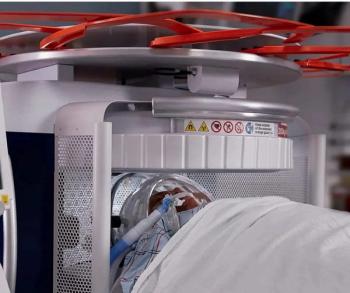
A Closer Look at New Guidelines for Molecular Imaging of Renal Masses: An Interview with Steven Rowe, MD, Part 1
In a recent interview, Steven Rowe, M.D., discussed pertinent insights from recently published molecular imaging guidelines for renal masses and the potential of 89Zr-girentuximab for clear cell renal cell carcinoma (ccRCC).
While there are different scoring systems, such as the MRI clear cell likelihood score, in place for assessing renal masses, Steven Rowe, M.D., noted questions about reproducibility and “quite a bit” of overlapping enhancement between benign and malignant renal tumors with conventional imaging.
These challenges have led to empirical decisions to remove enhancing, indeterminate renal masses, noted Dr. Rowe in a recent interview with Diagnostic Imaging.
“(While this approach) is certainly going to get all the cancerous tumors, the problem is it does take out a lot of benign and indolent tumors as well to the tune of thousands of those a year in the U.S so lots of folks are missing kidneys or parts of kidneys that didn't necessarily need to,” pointed out Dr. Rowe, a professor of radiology and director of human subjects research at the University of Texas Southwestern Medical Center in Dallas.
Accordingly, Dr. Rowe recently served as the lead author of
While the FDA recently asked for more information on 89Zr-girentuximab, Dr. Rowe suggested the questions were focused more on the manufacturing of the agent and that
“(The) ZIRCON (trial) showed that that 89Zr-girentuximab has about an 86 percent sensitivity and specificity for identifying clear cell renal cell carcinoma. I think the FDA was dutifully impressed by that data. I don't think they had any concerns about this agent bringing sort of value to patients and helping eventually (in) decision making for folks,” added Dr. Rowe.
(Editor’s note: For related content, see “
For more insights from Dr. Rowe, watch the video below.
Newsletter
Stay at the forefront of radiology with the Diagnostic Imaging newsletter, delivering the latest news, clinical insights, and imaging advancements for today’s radiologists.




























